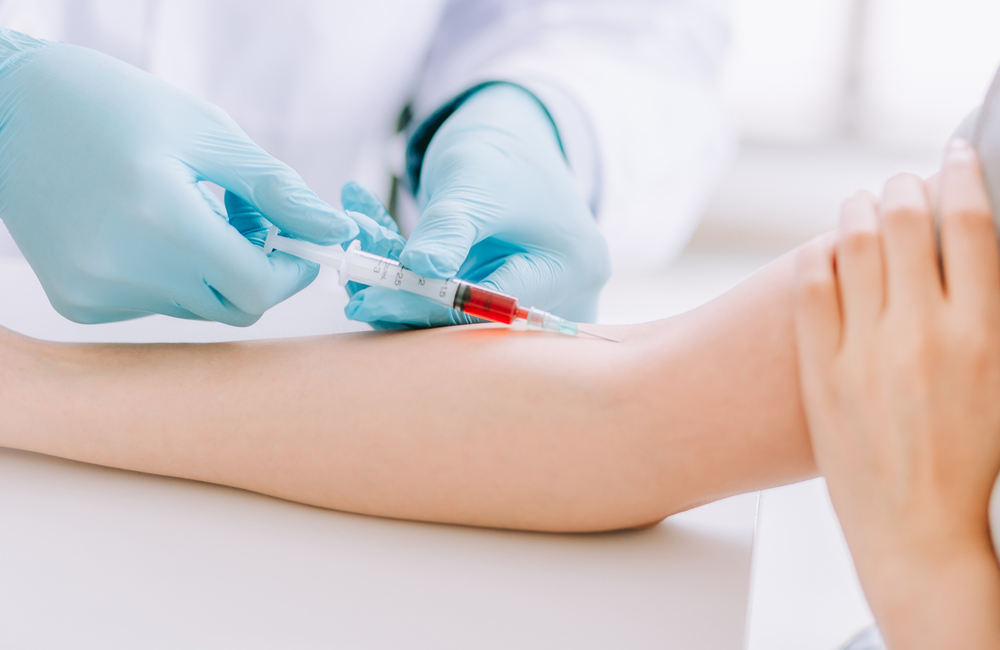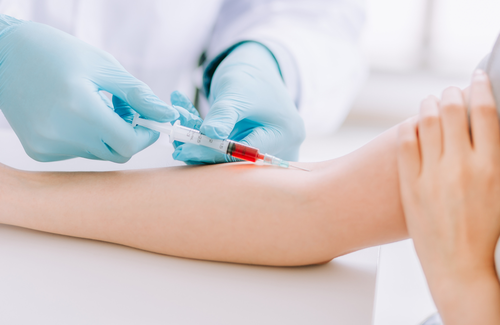
Point-of-care viral load testing resulted in higher rates of switching and shorter periods on failing treatment than laboratory-based viral load testing in rural Malawi and has the potential to be "game-changing" for achievement of viral suppression goals, Médecins sans Frontières researchers report in the Journal of the International AIDS Society.
The findings cover the first four years of implementation of point-of-care viral load testing in decentralised medical facilities using SAMBA, a semi-automated assay that uses disposable cartridges and provides results in approximately two hours. The assay provides semi-quantitative results, distinguishing between viral loads above and below 1000 copies/ml.
Viral load testing is essential to check that antiretroviral treatment is suppressing HIV. People who do not have fully suppressed viral load on treatment are at risk of developing drug resistance. If viral load rebounds above the limit of detection on a viral load test, treatment has failed, and it is time for a switch to a second-line or third-line drug regimen.
World Health Organization guidelines define antiretroviral treatment failure as two consecutive viral load results above 1000 copies/ml, based on evidence that re-suppression of viral load is frequent, and development of drug resistance is rare, in people with detectable viral load below 1000 copies/ml.
Malawi's national guidelines define treatment failure as a viral load of 5000 copies or above on a confirmatory viral load test. Any person with a viral load above 1000 copies but below 5000 copies/ml is referred for enhanced adherence counselling and undergoes viral load testing again. At MSF-supported sites, anyone with viral load above 1000 copies/ml receives enhanced viral load testing and two follow-up viral load tests three months apart.
In practice, guidance on viral load testing and switching in cases of viral load rebound is difficult to implement. Repeat testing requires patients to return to the clinic for testing, results to be returned from the laboratory and the patient to return to receive the results. Even if the patient returns, this is no guarantee that clinic staff will follow the recommended course of action and switch people with viral load above the failure threshold to a new antiretroviral regimen.
To overcome some of these potential losses, point-of-care viral load testing is being introduced in some settings to speed up testing and switching in cases of treatment failure.
Médecins Sans Frontières researchers looked at the results of implementing point-of-care viral load testing in Chiradzulu district in Malawi. In particular, they looked at the proportion of people who received viral load tests according to guidelines. They also looked at differences in viral load testing and treatment switching between facilities, focusing on district hospitals and decentralised clinics.
Whereas decentralised clinics implemented point-of-care testing with extra staff to ensure that test results could be reviewed on the day they were carried out, district hospitals returned results to patients at their next scheduled visit.
The retrospective analysis included 21,400 people who were eligible for point-of-care viral load testing and who had been on ART for at least three months, up to June 2017. Eighty-five per cent received a viral load test during the study period and 89% of those tested had a viral load below 1000 copies/ml – almost matching the UNAIDS target of 90% of people on ART being virally suppressed.
Of those with a viral load above 1000 copies/ml, 83% received a follow-up test. Less than a third (29%) had a viral load below 1000 copies/ml on the follow-up test. Of those with a viral load above 1000 copies/ml on the follow-up test, 70% received a third viral load test.
Re-suppression was rare among those who received a follow-up test; only 15% had a viral load below 1000 copies/ml at follow-up. Eighty per cent of those with viral load above 1000 copies/ml were switched to second-line treatment. Switching rates and the rate of post-switch viral load testing were significantly higher at decentralised clinics compared to district hospitals (p < 0.01).
At decentralised clinics, 86% of first-line ART patients were switched to a second-line regimen after a second follow-up viral load test, compared to 67% at district hospitals, and only 26% of switched patients at district hospitals received a post-switch viral load test compared to 61% of switched patients at decentralised clinics.
Viral load tests and follow-up viral load tests were carried out significantly more quickly at decentralised clinics, so that the median time from initial viral load above 1000 copies/ml to treatment switch was 6.9 months at decentralised clinics compared to 9.7 months in district hospitals.
The study investigators say that 88% of results at decentralised clinics were reviewed on the day of testing, whereas the median time to review at district hospitals was 85 days.
But, "our findings indicate that providing access to the technology is not enough", the investigators comment. "Regular staff training, mentoring and viral load 'focal points' who monitor testing protocols are recommended. Staff rosters must be adjusted to optimize same-day results... Creating demand for viral load among clinicians and patients with be critical."
They conclude that a prospective study is needed to assess the overall benefits of point-of-care testing in comparison to centralised testing.
A study of viral load testing outcomes in Lesotho published in August underlines the extent to which treatment programmes are failing to implement protocols for testing and switching. The study of 9949 people found that after the introduction of viral load testing in December 2015, 1028 people had a viral load measurement above 1000 copies/ml (11%) Only 25% were managed according to national guidelines and 40% had a follow-up viral load test within six months of the first detectable viral load. Only half of people (54%) with a second viral load above 1000 copies/ml were switched to second-line treatment within three months.
The lack of follow-up viral load monitoring and switching was especially evident in rural clinics, where people were more likely to have two consecutive viral load measurements above 1000 copies/ml (64% vs 44%) and less likely to be switched to second-line treatment (35% vs 66%) than people at district hospitals.
Future studies need to investigate the structural and provider reasons for lack of action after viral load rebound, and models of care which result in an action when viral load rebound is detected, the investigators conclude.
Nicholas S et al. Point-of-care viral load monitoring: outcomes from a decentralized HIV programme in Malawi. Journal of the International AIDS Society, 22: e25387, 2019. doi: 10.1002/jia2.25387
Glass YTR et al. The viral load monitoring cascade in a resource-limited setting: A prospective multicentre cohort study after introduction of routine viral load monitoring in rural Lesotho. PLOS One 14: e0220337, 2019. https://doi.org/10.1371/journal.pone.0220337

